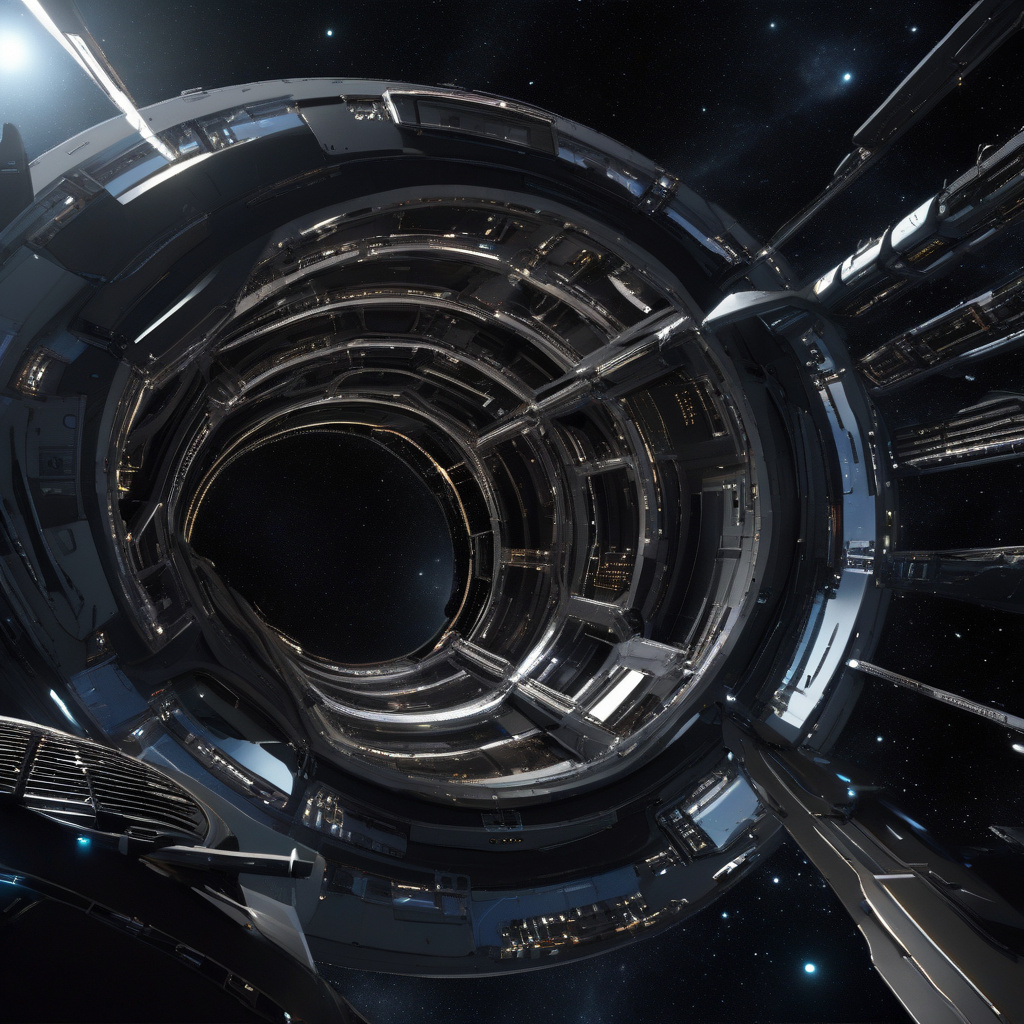A Revolutionary Leap: Black Hole Mission Closer with Paperclip-Sized Nanocraft
Astrophysicist Cosimo Bambi has proposed a century-long mission to send a “paperclip-sized nanocraft” to a black hole, marking a significant leap in space exploration technology. The idea of exploring black holes, one of the most enigmatic phenomena in the universe, has long been a dream for scientists and space enthusiasts alike. With advancements in nanotechnology, this dream could soon become a reality.
The concept of using nanocraft to study black holes opens up a realm of possibilities that were previously deemed impossible. These tiny, lightweight spacecraft could potentially withstand the extreme conditions near a black hole, providing valuable data and insights that were once out of reach. The use of nanocraft also addresses the challenges of traditional spacecraft, such as size, weight, and cost, making it a cost-effective and efficient solution for deep space exploration.
One of the key advantages of using paperclip-sized nanocraft is their ability to travel at incredibly high speeds. With advancements in propulsion systems, these miniature spacecraft could reach speeds close to the speed of light, allowing them to cover vast distances in a relatively short amount of time. This level of speed is crucial when studying black holes, which are located millions or even billions of light-years away from Earth.
Moreover, the small size of nanocraft enables them to navigate through tight spaces and intricate gravitational fields with ease. This flexibility is essential when maneuvering near a black hole, where gravitational forces can be unpredictable and intense. By sending a fleet of nanocraft, scientists can gather a wealth of data from different vantage points around the black hole, providing a comprehensive understanding of its properties and behavior.
In addition to their scientific value, the development of nanocraft for black hole exploration could have far-reaching implications for future space missions. The technology and expertise gained from this endeavor could be applied to other challenging missions, such as interstellar travel, asteroid mining, and planetary exploration. By pushing the boundaries of what is possible in space exploration, scientists and engineers are paving the way for a new era of discovery and innovation.
As we look to the future of space exploration, the potential of paperclip-sized nanocraft in studying black holes is indeed promising. With the right funding, research, and collaboration, we could witness a groundbreaking mission that revolutionizes our understanding of the cosmos. The journey to explore black holes may be long and arduous, but with determination and ingenuity, we are on the brink of unlocking the mysteries of these cosmic enigmas.
In conclusion, the proposal to send paperclip-sized nanocraft to study black holes represents a bold and visionary approach to space exploration. By harnessing the power of nanotechnology, scientists are poised to embark on an unprecedented mission that could reshape our understanding of the universe. The future is bright for those who dare to dream big and reach for the stars.
black hole, nanocraft, space exploration, astrophysics, innovation












